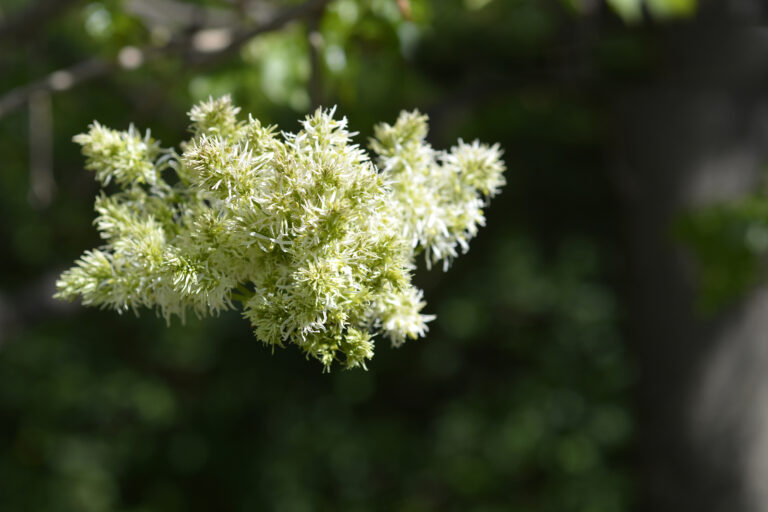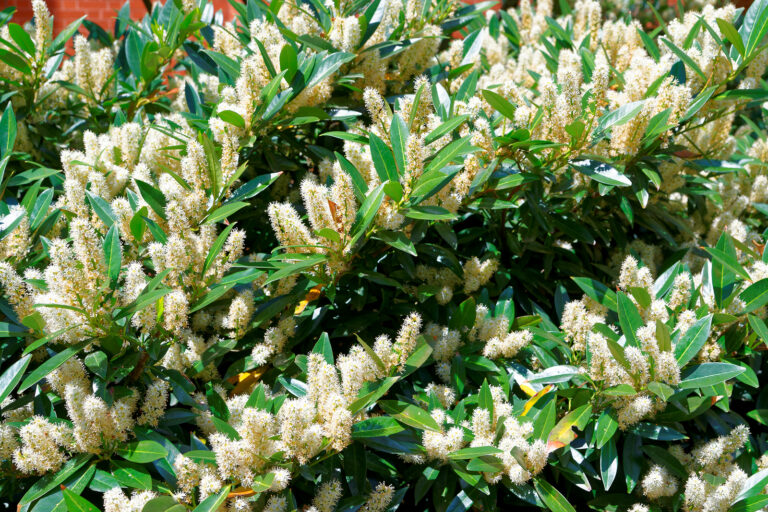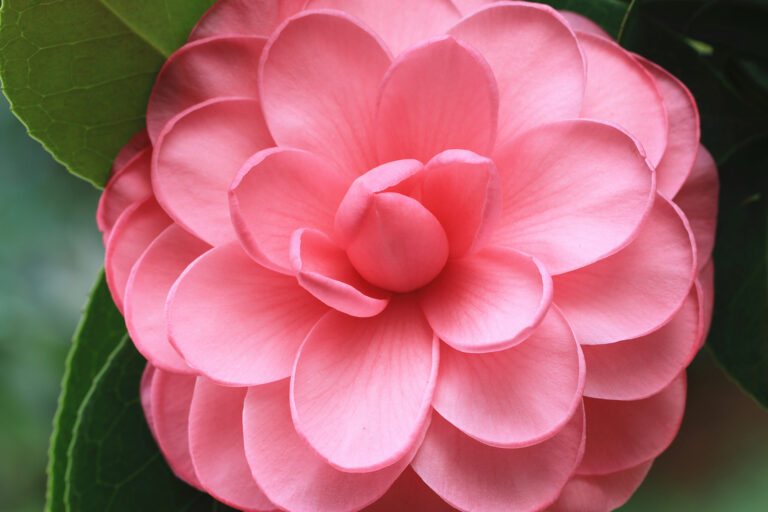How to Grow Senna – Cassia
Cassia is a genus of flowering shrubs and trees and one perennial (Cassia marilandica) which are known for their yellow and golden pea-like flowers. Cassia species are commonly found in moist woodlands, along riverbanks, and in tropical scrubland regions around the world.
Cassias have pinnate leaves and 5-petaled loosely bowl-shaped flowers produce in open panicles or racemes. The pinnate compounded leaves give them a delicate air.
In warm regions where Cassia is hardy, Cassia shrubs can be grown in borders and the trees can be grown as specimens. In cold winter regions, Cassia can be grown in a greenhouse or conservatory.
Interestingly, many members of the Cassia genus have been reclassified into the Senna genus, and many members of the Senna genus have reclassified as Cassia.
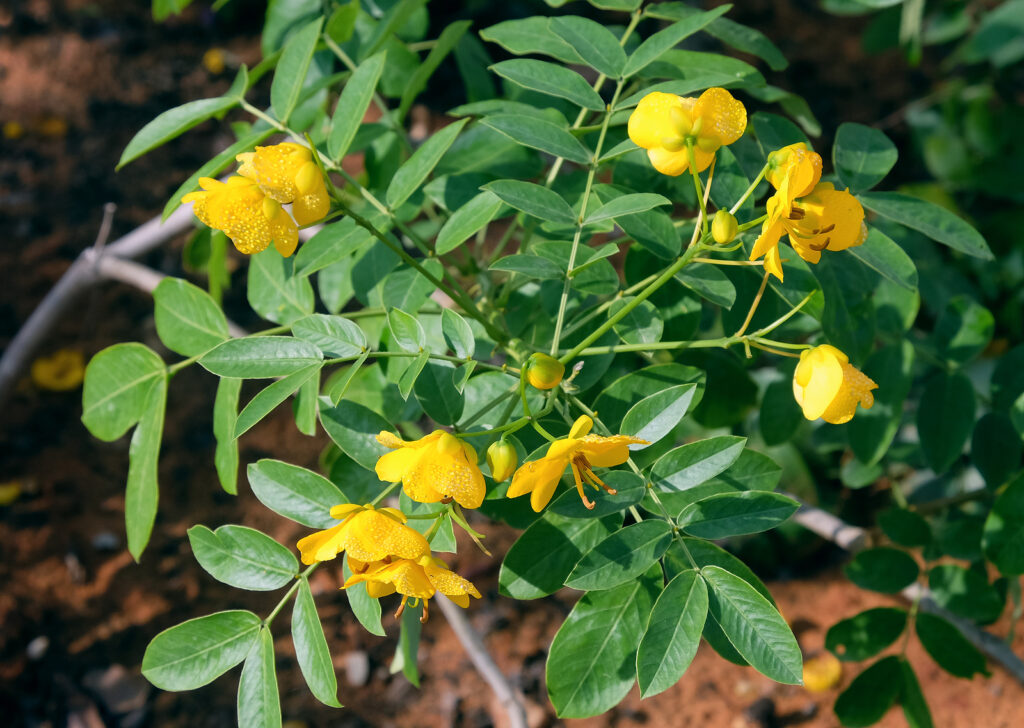
Get to know Cassia
- Plant type: Evergreen or deciduous shrubs or trees and one perennial
- Growing zones and range: Zones 9 and 10
- Hardiness: Tropical plants
- Height and width: Shrubs and small trees from 3 feet (1m) to 30 feet tall depending on the variety.
- Foliage: Pinnately compound leaves have a delicate air
- Flowers: 5-petaled loosely bowl-shaped flowers produced in open panicles and racemes and occasionally singly.
- Bloom time: Spring and summer
- Uses: Shrub borders, specimens trees; perennial borders
- Garden companions: Pair blue cupid’s dart with baby’s breaths (Gypsophila)
- Common name: Wild senna
- Botanical name: Cassia
- Family name: Fabaceae
- Origin: Tropical regions worldwide
Where to plant Cassia
- Plant Cassia in full sun.
- Plant Cassia in well-drained sandy garden soil.
When to plant Cassia
- Seed Cassia indoors in late winter for blooms the same year.
- Set container-grown plants in the garden in spring or autumn.
Planting and spacing Cassia
- Cassia spacing varies with the variety.
- Sow seed 1/8 inch deep.

How to water and feed Cassia
- Keep the soil evenly moist; regular, even water is best.
- Cassia can tolerate dry soil; infrequent deep watering is best in drought conditions.
- Feed Cassia with an all-purpose organic fertilizer in spring.
How to care for Cassia
Pruning varies with species. Prune away broken and crossing branches.
Cassia pests and diseases
- Cassia can develop powdery mildew and rust.
- Cassia is usually quite free of pests when growing outdoors. Spider mites may attack Cassia indoors..
Cassia propagation
- Divide Cassia in late winter.
- Take Cassia root cuttings in late winter.
- Pre-soak seed before sowing seed indoors or out.
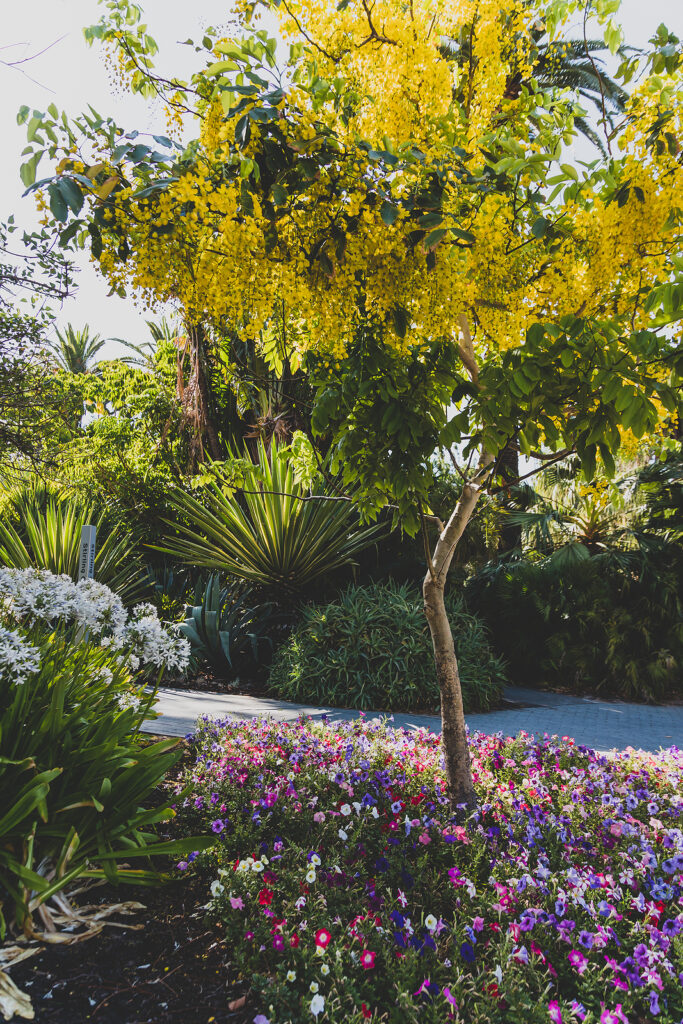
Cassia varieties to grow
- Cassia artemisioides, feathery Cassia, also listed as Senna artemisiodes: grows from 3 to 5 feet tall; bears clusters of yellow flowers that bloom from winter to midspring; best in Zone 10.
- C. bicapsularis, also listed as Senna bicapusularis: grows to 10 feet tall with thick rounded leaflets; yellow flowers in spiky clusters bloom from midfall to late winter; best in Zone 10.
- C. caerulea, with rich blue flowers on 3 foot (1m) tall stems in mid-to late summer, is the most common species; ‘Alba’ is a white cultivar. Plant in masses for the best display.
- C. caespitosa is a dwarf alpine with yellow flowers in spring. 2 to 4 inches (5-10cm) tall.
- C. didymobotrya: evergreen grows to 10 feet tall; yellow flowers boom in upright clusters up to a foot long from early winter to mid-spring; best in Zone 10.
- C. fistula, shower of gold: an evergreen tree grows to 30 feet or taller with bright yellow flowers in 2-foot-long clusters in late summer.
- C. marilandica, wild senna: is the only perennial in the Cassia genus; grows 4 to 6 feet tall with feathery bright green leaves and tall clusters of brownish-yellow flowers in summer.



